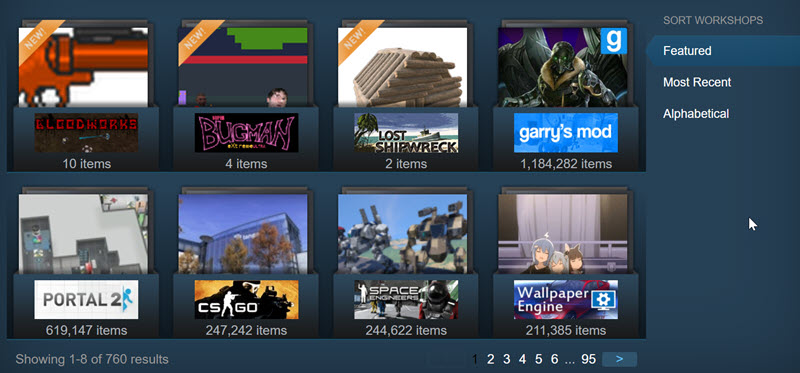Cory Doctorow’s blog picks up on an article in IEEE Spectrum (Wiens and Gordon-Byrne) which is the latest broadside in a mounting battle – on one side we have (some of) the electronics industry, and on the other the recycling industry.

 Cory DoctorowWiens and Gordon-Byrne claim that, in the US, scrapping one ton of e-waste supports 15 jobs, whilst repairing it supports 200 jobs and avoids the cost to the environment. But the root of the problem here is not hardware, but software.
Cory DoctorowWiens and Gordon-Byrne claim that, in the US, scrapping one ton of e-waste supports 15 jobs, whilst repairing it supports 200 jobs and avoids the cost to the environment. But the root of the problem here is not hardware, but software.
Laws such as the US’s Digital Millennium Copyright Act (DMCA) and the EU’s Copyright Directive were designed to prevent piracy, but in doing so they also allow manufacturers to lock down access to the software and firmware in their devices, preventing anyone else from playing with the software as part of repairing a broken device. The reasoning here is that accessing that software, and the code underneath it, means accessing information that is commercially sensitive to the manufacturer, and could then easily be copied. So it’s not hard to see where the industry is coming from on this, but the unintended consequence has been that some manufacturers are exploiting this beyond the purposes for which it was intended, and beyond the more competitive realms of the commercial electronics market (Wiens and Gordon-Byrne also cite John Deare tractors as exploiting this).
John Deere is quoting software-like licensing to stop modifications to its tractors. Image:Pixabay
These are also the same laws that allow HP to use software that rejects non-HP printer cartridges, and invalidate the warranty if a user tries to get around that software lock. This is the ‘product as a service’ business model, but it stifles competition, innovation, and the ability of third parties and users to repair equipment. This might even be workable if those companies exploiting the law were also required to provide an efficient in-house take back and repair service, or if the law was (somehow) limited only to equipment such as smartphones where the software itself is a major market differentiator – I’m not a farmer but I can’t imagine why a farmer might prefer one tractor over another just because of the software it uses.
Gaming Shows the Benefits of Customisation
To draw a parallel with a world I’m very familiar with, gamers and developers have become used to software as a service, and opinion is still heavily divided. If you’re a PC gamer you’ll almost certainly have used Valve’s Steam platform, and if you’re old enough you’ll remember that when it first came along it was universally hated as digital rights management (DRM) software that prevented games from running without first pinging a server. And this was at a time when net connection was patchy and speeds were a fraction of what they are today. But two things happened.
Net connection speeds and reliability improved, leading to the massive growth in online multiplayer gaming, and Valve made Steam a proper service – it’s still DRM but it’s now a full online community with a marketplace, reviews, and discussion forums. But, more fundamentally, Steam also promotes independent developers and, through the Workshop, both developers who don’t mind their software being modified and the modders keen to do so. What’s also interesting is that the freedom (or not) to mod a game is regularly a factor in user reviews – gamers know that if a game is popular enough it’s longevity is going to seriously increase if it’s going to be modded. In a crowded market (with regular sales) this makes a big difference to their day one value, and that’s what they need to capture.
Given that ‘AAA’ titles are now selling in excess of £40-£50 ($55 – $70), plus the inevitable downloadable content and season passes, if gamers look at a game and think it’s going to be heavily discounted in six months, then they’re going to look for reasons not to wait, and not being moddable is one of them. Similarly, a number of recent AAA titles have introduced in game currencies (which can be bought with additional hard cash), and the backlash from the community has been considerable.
 The Steam workshop shows the huge number of mods available.
The Steam workshop shows the huge number of mods available.
But gamers are a software market, and I can’t imagine that there are many hardware products, particularly things like vehicles, where consumers are likely to be aware of the limitations software may impose on future usability – at least until they come to trying to repair them.
The soft option here would simply be to require all manufacturers to make any such limitations very clear to consumers, or alternatively go the labelling route for those devices that don’t employ any form of software lock that prevents repairing. But why not go the whole way and introduce a right to repair? This could be done by regulating against the use of software locks for any products where the manufacturer cannot demonstrate that not employing a lock would put sales of that specific product (not any peripherals such as printer cartridges) at a commercial disadvantage, and then requiring those manufacturers to implement in-house repair schemes.
This is the same principle as the RoHS Directive – driving innovation but also protecting it in specific markets (medical devices, etc). As gamers have found, it really is about providing a service. If you restrict what your average consumer might consider a reasonable freedom, then offer something in return, but unless that something adds real value it might just be easier, and may well benefit you, if you let your customers tinker with your products. – Keith Baker
This article was originally published in the Display Standard newsletter from Mark Fihn’s Veritas et Visus
Keith J. Baker is a Researcher at the Centre for Energy and the Built Environment, Glasgow Caledonian University. He is a 2003 graduate of the DisplayMasters program and has a PhD in Domestic Energy Consumption from the Institute of Energy and Sustainable Development, De Montfort University, Leicester, England, with a background in environmental science and science policy. He has a keen interest in the energy efficiency and environmental impact of new technology, particularly relating to displays.

